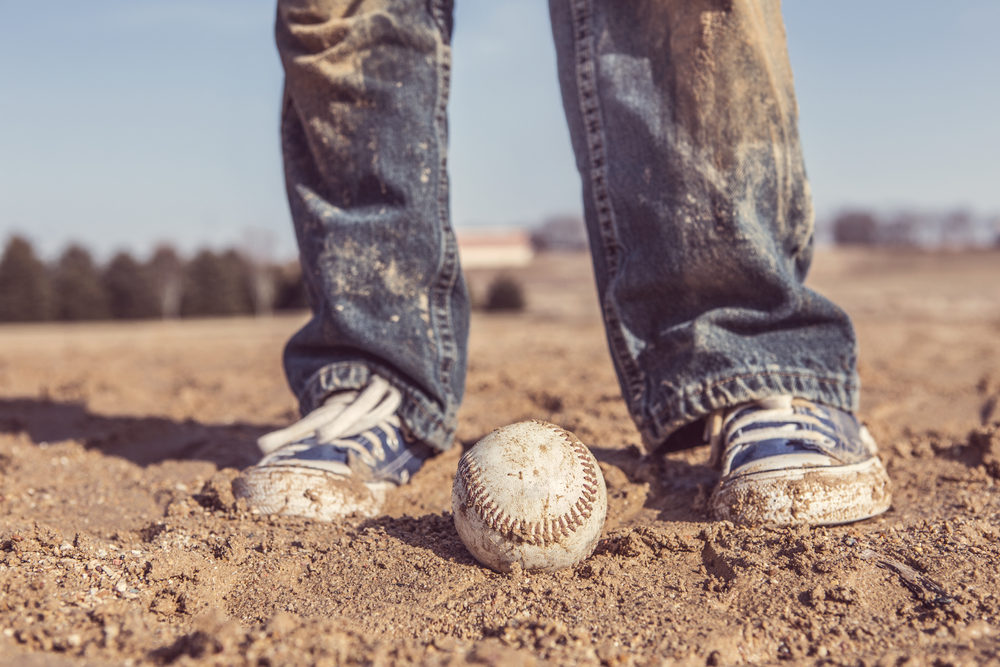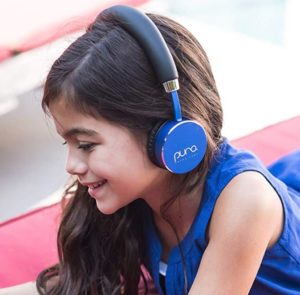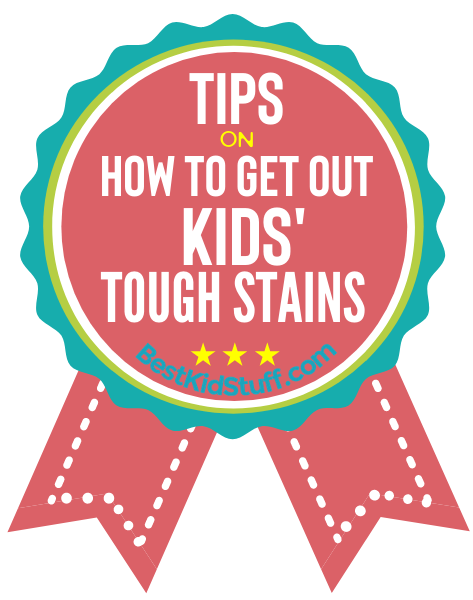
Messes happen naturally with busy children. And what about laundry? Well, it could be an inexhaustible task for moms or dads. There is always more to do when you think you have everything under control. It’s understandable to say that you can’t control the amount of dirt our children accumulate. You might wonder where in the world those clothes come from. The kids cause a great deal of laundry between running on grasses, having food and beverages spills, chocolate stains, and even blood stains from minor injuries. Your toddler is just full of energy, which is why their clothes are as active (with stains) as they could be.
Kids soiled their clothes from day one when they were babies. Laundry was and always will be a bothersome task for moms with children who have urinated, pooped on, spit-up, and thrown up on their clothes. Is there an easy way to reduce how much laundry you do?
Save yourself time and money by trying some of the best stain-fighting methods. You can get rid of stains such as grass stains, chocolate, play-doh, and many more kids’ stains. One caveat is to ensure that the products you’ll use to wash your toddler’s clothes are safe and won’t cause skin allergies, as kids’ skin is usually more sensitive than adults. With that in mind, you can select safer stain soaker brands.
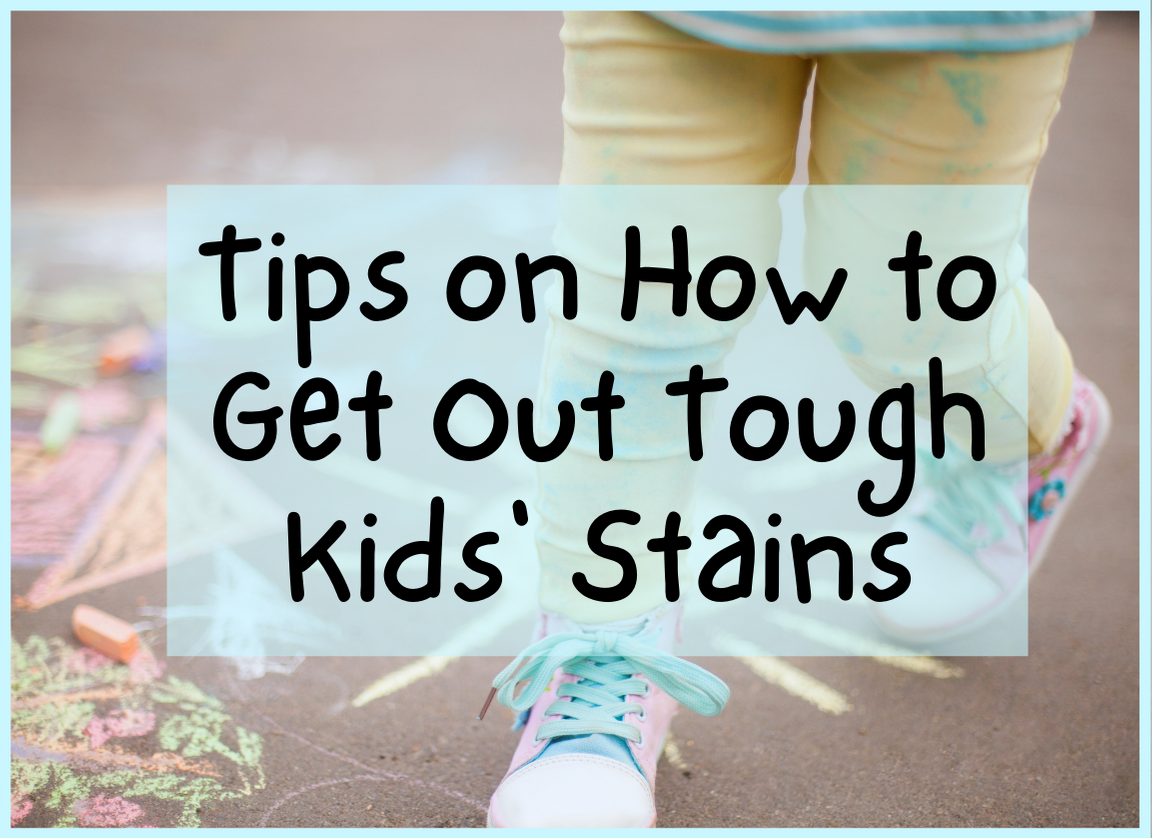
Here are the 12 hacks for tough kid’s clothes stain removal:
1. Use Regular Detergent Plus Hot Water
Most laundry stains can be removed by washing the clothes as usual, without exerting too much effort. Cleaning with laundry detergent makes a big difference. Many detergents contain enzymes that are pretty good at removing food stains, oil, and grease. You should use hot water to clean a garment instead of cold or warm water because hot water works better. Hot, or even warm, water has a more significant impact on your energy bill than cold water.
Although, if you find that your clothes are constantly stained, you may want to wash them in warm or hot water, since paying electricity bills is much better than buying new clothes again and again. If you buy less stuff, in the end, you may end up saving some cash! When it comes to eliminating spots during the wash, the most exemplary practice is to squirt a bit of stain pretreatment product before starting your laundry wash.
2. Use A Stain Soaker
Prevent stains from setting in by using an appropriate stain soaker before washing.
Apply these tips when using stain soakers:
- The cloth will need to be soaked as soon as it gets stained.
- Let it soak overnight before washing.
- You can soak clothes even for some days, but you have to consider the type of fabric and the kind of stain soaker you’re using.
- Soaking in water with a soaker will not harm delicate and fine fabrics. But of course, you must check everything first.
Use the following stain soakers:
- OxiClean, Clorox Oxi Magic and Biz
OxiClean, Clorox Oxi Magic, and Biz are all brands that are excellent choices for long-time soaking. They are oxygen bleaches that could be used for colored garments.
- Borax
Various household products contain borax, including insect repellents and cleaners. Also, it works as a stain remover and is therefore popular as a laundry booster. This brand is popular to be used for baby clothes.
- Cascade
Cascade dishwasher detergent, yes, it works wonders! If you’re going to use it on any white or light-colored clothing, you must make sure it is powdered. This powder can remove black marks from white towels. It’s that good!
- Engleside Restoration
It is an excellent product for removing stains from antique, vintage, or delicate items like onesies, infant clothes, and even soft blankets. Most kids’ clothing won’t necessitate such specialized products. However, it is good to know the efficacy of this product, just if you need it later.
3.Take Care of The Stain ASAP!
Handle the stain as soon as possible after your child gets it. The stain gets more challenging to remove as time passes by. So ensure to remove the stain at night after your child gets back home. A stain that sits longer has a greater chance of becoming permanent. It wouldn’t make sense to stop everything to take care of some pesky stain.
In case you cannot treat the stain immediately, a pretreatment product that’s harmless for lengthy exposures, like using a stain stick, will help alleviate the stain. You should be cautious about the cloth by spraying a pretreatment spray as this may make the fabric damp. If the fabric is not washed soon enough, it may mildew. It’s also worth mentioning that some sprays are not suitable for long-term use; there should be an amount of time fitted for the clothes. Your child may have overlooked the stain, so you may need to go beyond the standard laundry stain removal procedure and pre-soak the item overnight.
4. Soak Soiled Clothes Items
Once the stain removal solution is applied, soak the soiled clothing item in water. The stain might need to be soaked for a few hours or days if it is tough enough. Soiled garments aren’t that hard to wash compared to other stains. A few hours of soaking with a good stain soaker should suffice and soften the stains. After the soil has softened, you can proceed to wash it like the usual laundry method.
5. Prepare a Stain Removal Basket for an Organized Laundry
Even if the stain is washed with hot water and laundry detergent, some stains never go away. Hence, being prepared is key to successfully removing laundry stains. Although there are countless stain removal products to choose from, none of them will be able to remove all kinds of stains. There is a myriad of supplies to use instead!
These items that you should put in a laundry basket are probably overinclusive. Still, it includes many things you likely already have around the house or would use to launder regularly anyways. You must have ammonia, acetone, color bleach, eyedropper, enzyme pretreatment sprays, rubbing alcohol, chlorine bleach, white vinegar, chalk, soft brush, and spray bottles. Secure these laundry assistance components, and you’ll always have something to fight against any stain.
6. Use Chalk for Greasy Clothes
You may probably be familiar with the fact that powerlifters and gymnasts use chalk powder to keep their hands dry while working out. There are plenty of grease products out there, so the principle holds. You can try pre-treating with a bit of chalk instead of your stain stick the next time you find yourself with a greasy stain or oil splatter on your toddler’s favorite shirt. It absorbs liquid fast, so it’s perfect for steak grease splatters, makeup stains, and more.
Oil stains can be effectively treated with liquid dish soap, but a stick of chalk can serve as an effective absorbent. Use paper towels or tissue paper to get as much oil out, then rub it with the chalk stick. Rinse it as soon as possible.
Here’s what you should know about chalk and stains: Since many kinds of chalk contain wax or dye, which will stain clothes, it’s preferable to use plain, old white blackboard chalk compared to any type or color of chalk. Keep chalk near where you cook and eat to fight oily stains as quickly as possible. So you can deal with the stain when you have the chance. This means you can get into the action of removing stains even in the dining room or the kitchen. Moreover, if you tend to splatter a lot, it is best to bring along a few chalks when going out for a steak night.
7. Remove Chocolate Stains with Detergent
You may find it challenging to remove chocolate stains on your kids’ clothes. Among the 52 liquid detergents that were tested and rated, and only four from Tide or Persil derived an outstanding grade for pretreatment of chocolate stains. You can go through chocolate stains using these steps:
- Remove the chocolate by scraping gently or wiping it with a paper towel. It should be removed as much as possible without putting so much friction on it.
- A dab of detergent should do the trick. Allow standing at least 5 minutes without rinsing.
- Use a warmer water temperature for washing and a hotter wash temperature for heavy soils, depending on the fabric type.
- Check for chocolate spots on the clothing before putting it in the dryer. In case of need, repeat the above steps, or use oxygenated bleach.
8. Use Hair Spray Or Petroleum Jelly for Ink Stains
Remove any residue by placing an excess fabric where the stain is and blotting excess ink that might still be removed. You can then use hair spray evenly on the stain about five inches distance apart. The stained area should be blotted after spraying. It may be necessary to repeat some steps. Finally, the garment can be washed on a usual method. Ballpen ink dyes can also be removed from leather with hairspray. After spraying the stain with water and vinegar, lightly brush with water to remove the stain.
When it comes to leather materials, petroleum jelly works effectively in removing ink stains. You can leave the jelly for some time before finally rid of it and the stain.
9. Never Mix Ammonia or Vinegar with Chlorine Bleach
If you are struggling to remove laundry stains, you can try again if you fail the first time. However, here is an essential word of caution. Neither ammonia nor white vinegar should be mixed with chlorine bleach under any circumstances. Hazardous fumes can be generated from such a combination.
It means that if the ammonia treatment you applied to the item did not work, you must eliminate all tracks of the ammonia before using chlorine bleach in the article. Moreover, before adding another product to the washing machine, the traces of the previous one must be completely gone.
10. Test the Stain Treatment in a Hidden Area of the Clothes First
It is worth being aware that laundry stain removers are designed to be tough on stains, but they can ruin your clothes in doing so. Often, the easiest way to destroy clothing is by employing washing spot removal methods.
However, you will sometimes feel it’s okay to ruin some garments here and there. It is possible to use drastic measures if the stained clothing cannot be worn like normal before. To make the most of your children’s clothes, it is best to start with the least destructive methods of laundry stain removal.
11. Brush Off or Vacuum Play-Doh Stains
Don’t use hot water or cleaning chemical solutions on Play-Doh stuck to your toddler’s clothes. Here’s a better option: Play-Doh should be allowed to dry completely. Remove the Play-Doh with a stiff brush. This should be working especially for small-sized play-doh stains. Another way is to vacuum it.
Play-Doh can also be gently vacuumed away with a short power brush or washed by hand with cold water and some laundry detergent. You can re-do the process until the stain is completely removed.
12. Home Remedy for Blood Stains
You may sponge the fresh stain immediately with water and soak it for about an hour. Rinse the area with liquid detergent. To remove old bloodstains, soak them in a mixture containing a ratio of 2 teaspoons of ammonia in one gallon of ice-cold water. To remove stain traces that remain after treatment with ammonia, you may use a mixture of cold water and dishwasher detergent. Do the detergent treatment again if the stain is stubborn.
If your child’s blanket has some bloodstain, it could be made invisible by applying a mixture of cornstarch paste and water. Try to rub it in with a few strokes until the blood stain disappears. Another solution is for the fabric to be machine-washed with an enzyme cleaner, which helps remove protein stains. When putting materials in the dryer, make sure blood has been lifted as heat will make the stain permanent.
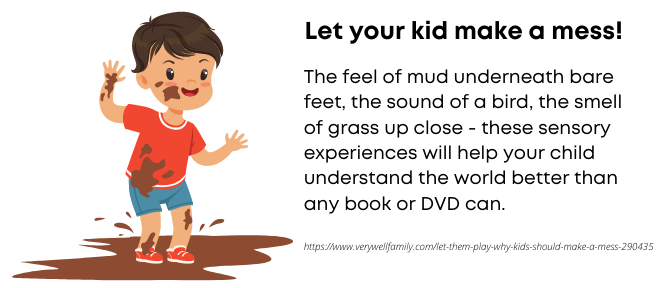
Final Thoughts
While keeping kids’ clothes clean seems like an impossible task, you can take preventative measures to ensure they are not stained or soiled. Instead of throwing them away, try these hacks and see that they can still be salvaged, which results in you saving money too. Don’t forget to check your kid’s clothing at the end of their school or play day. Before the stain can set in, treat them with a solution and soak them. All these helpful tricks work on adult wear too.
